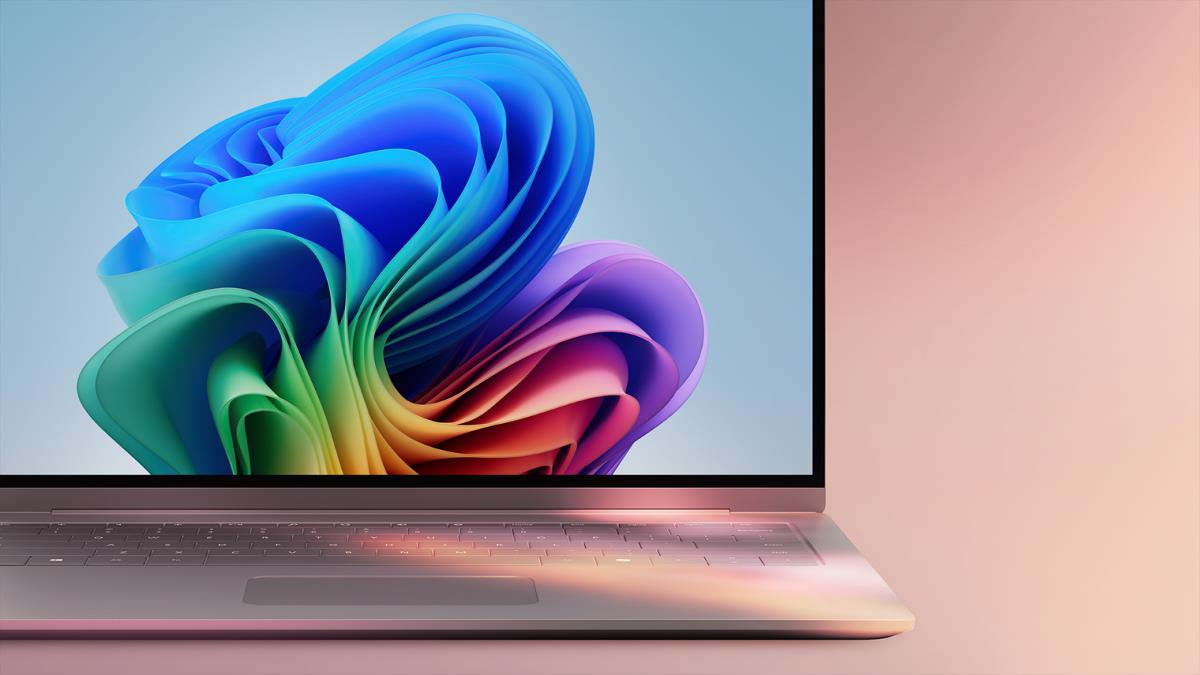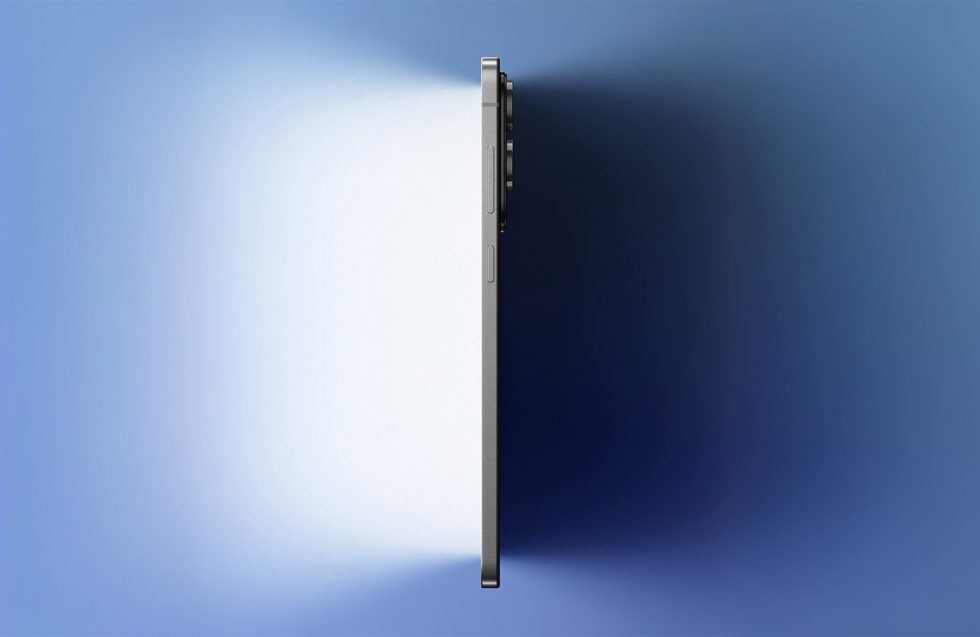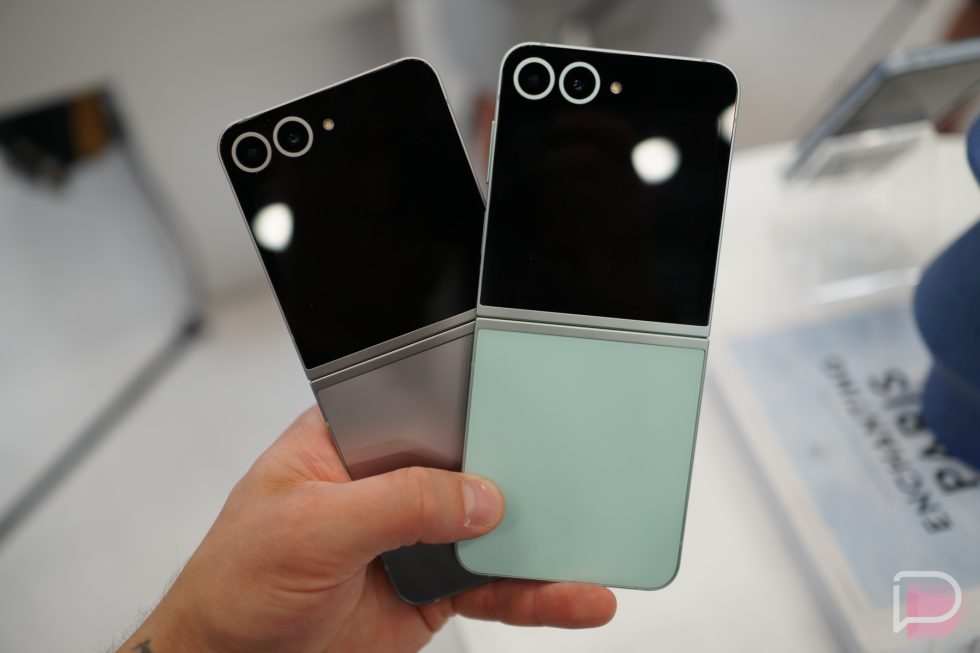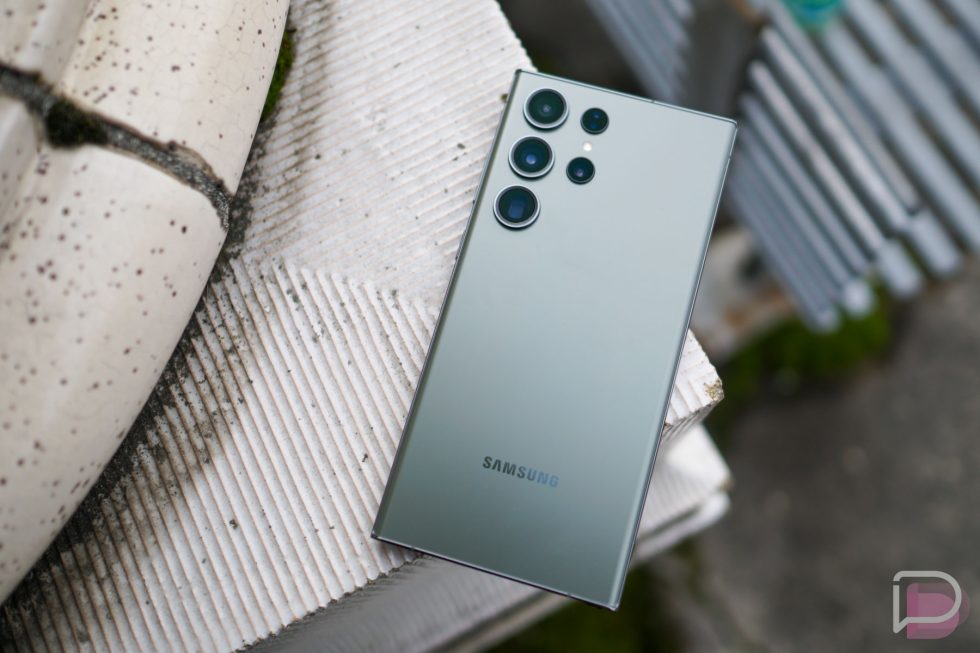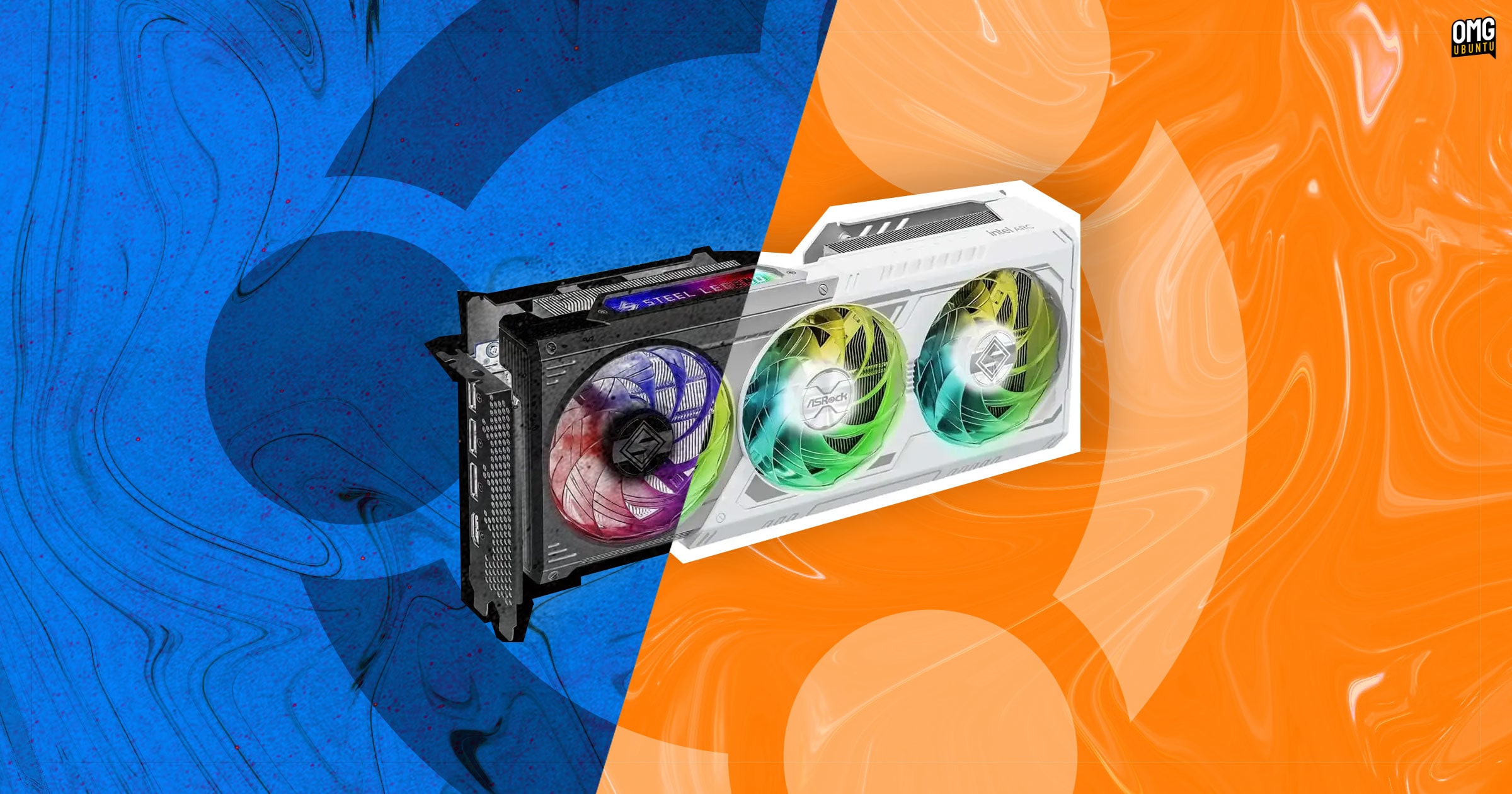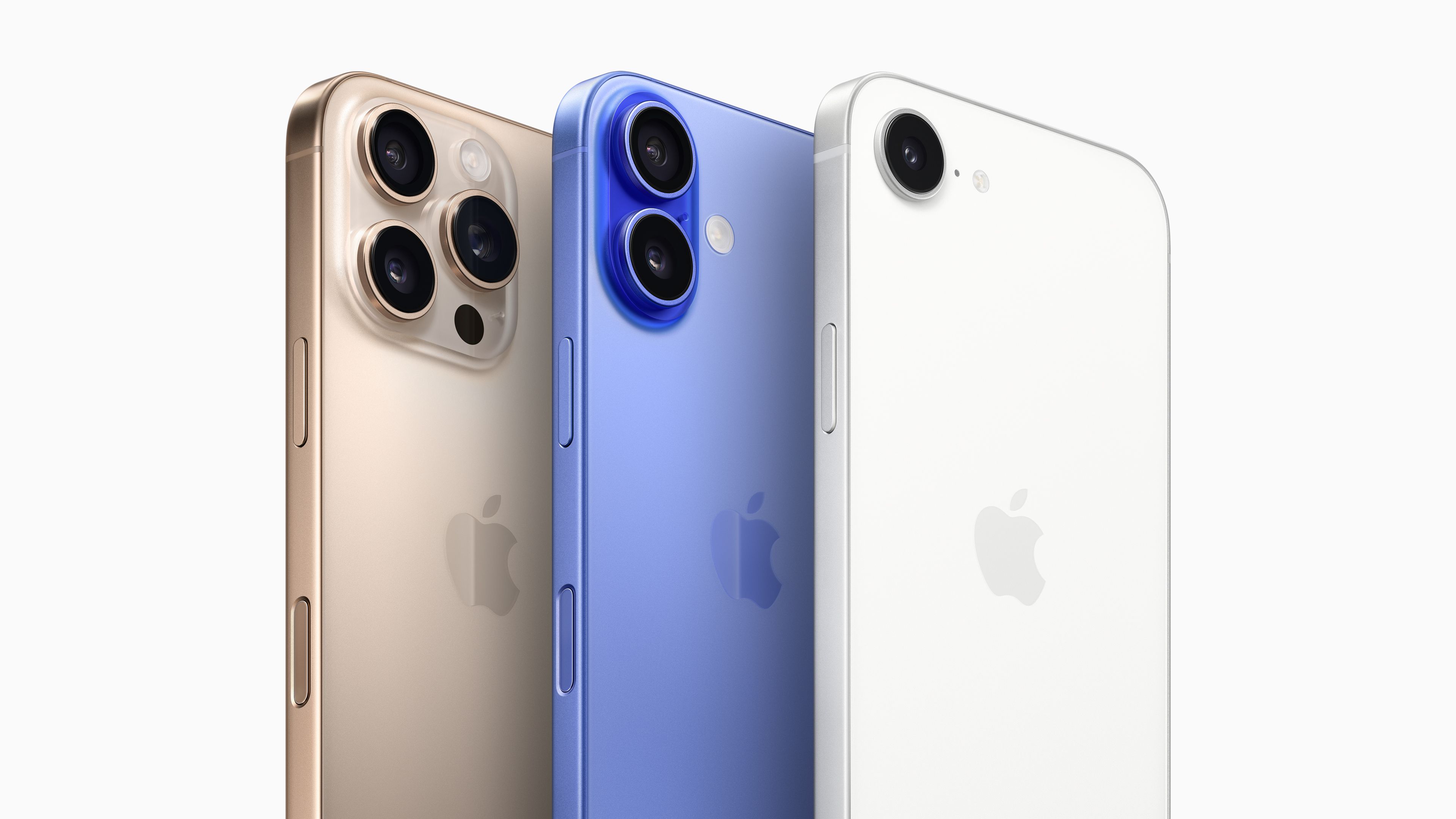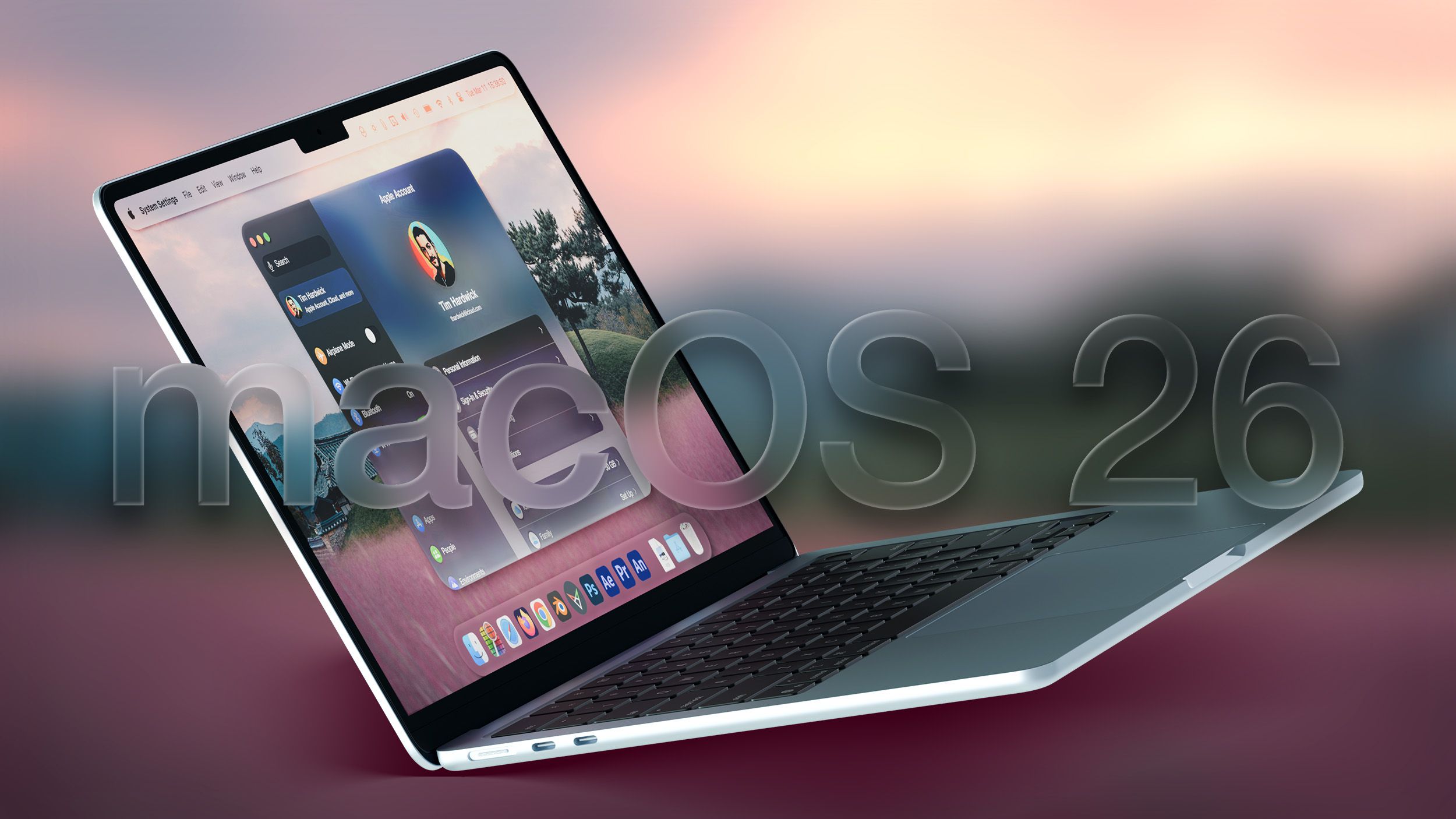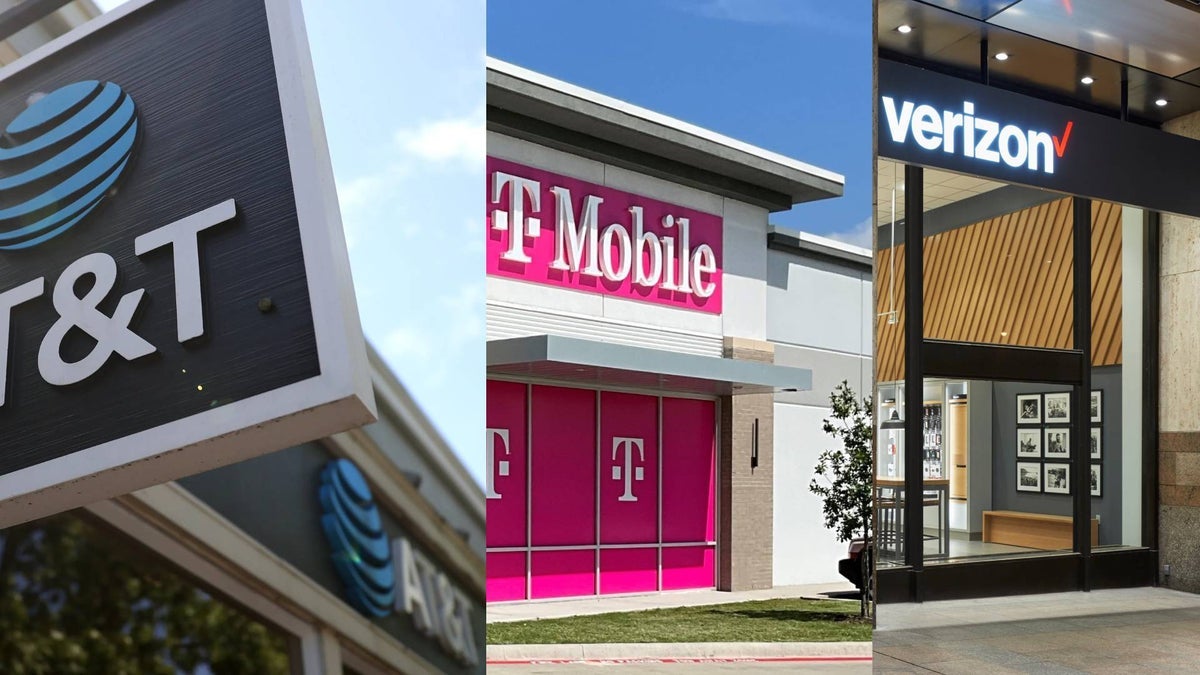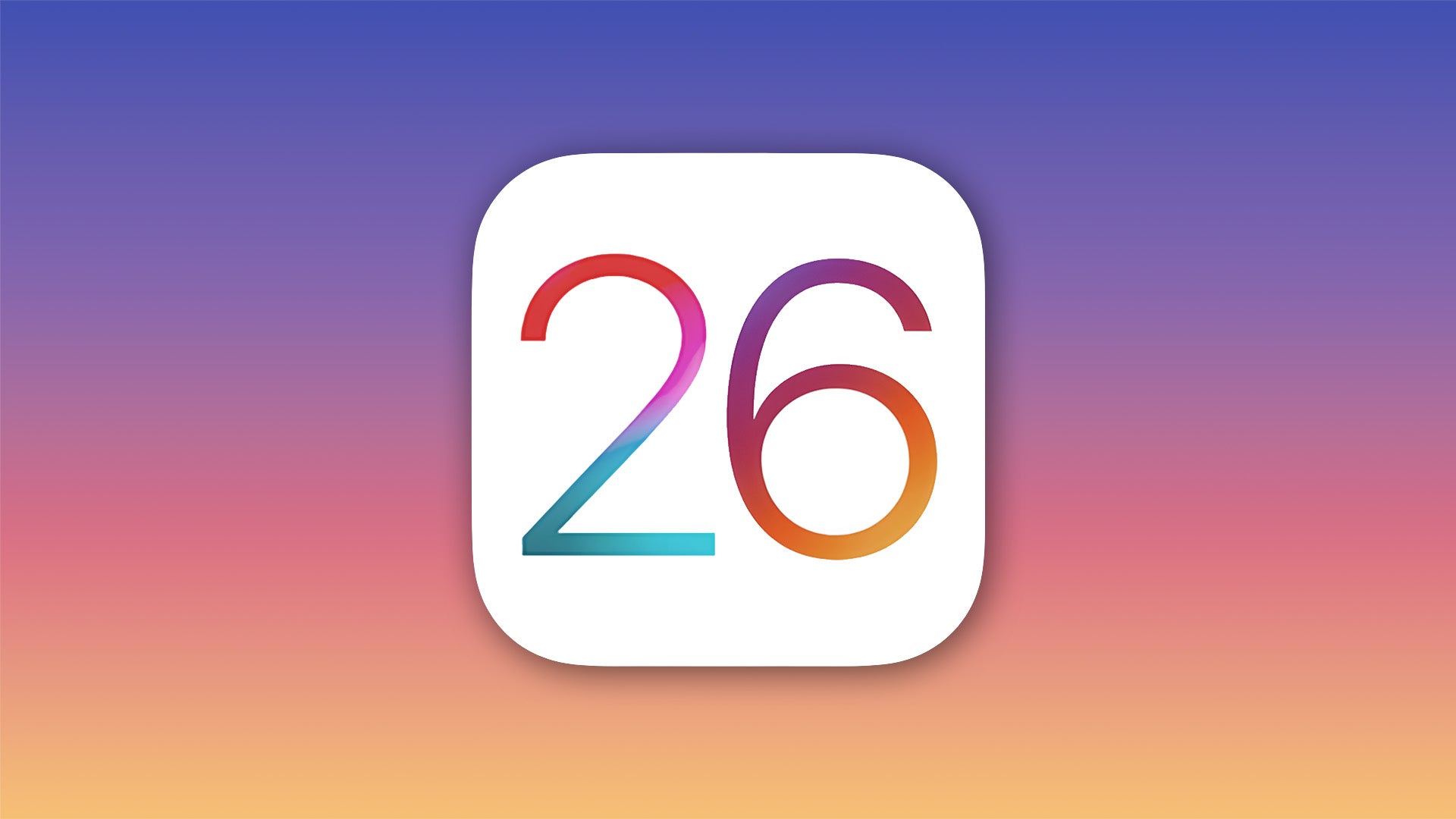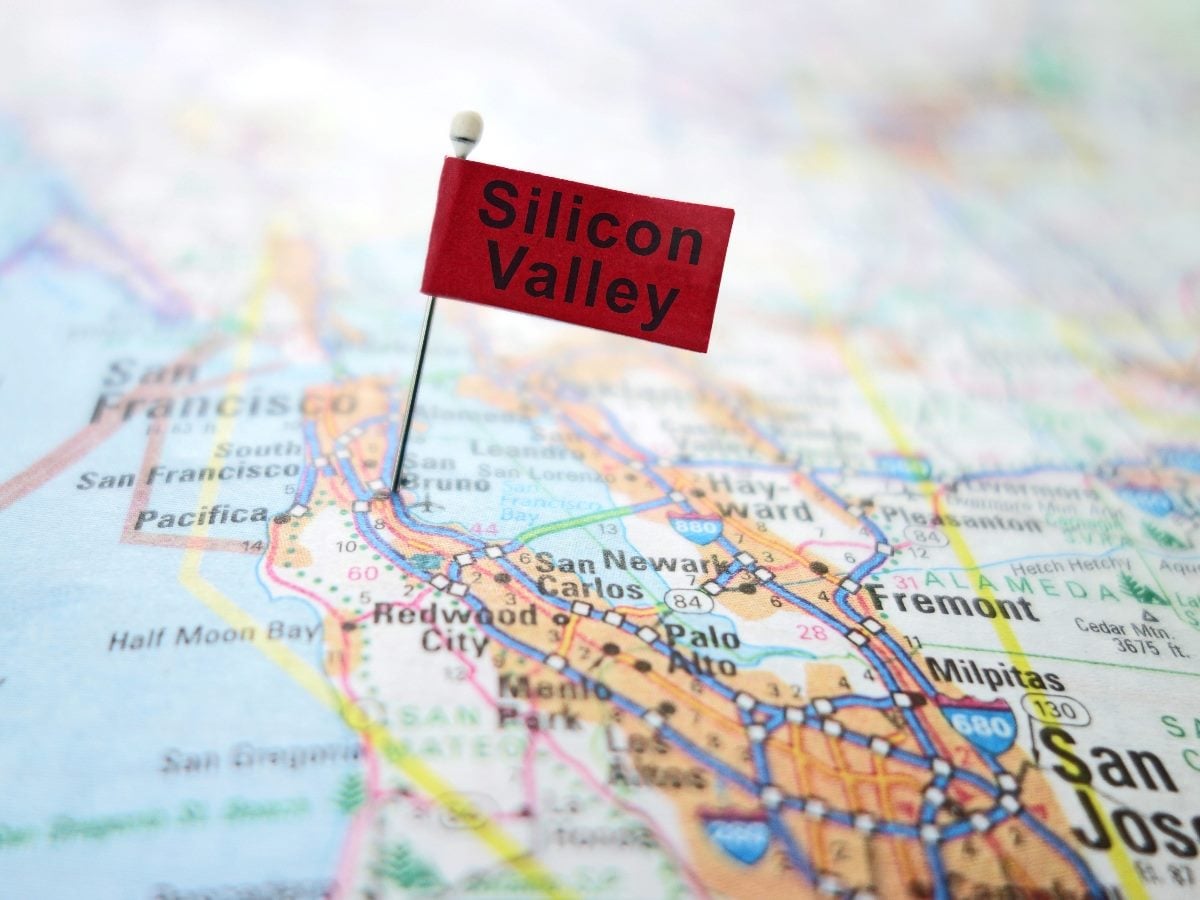Forced E-Waste PCs and the Case of Windows 11’s Trusted Platform
Until the release of Windows 11, the upgrade proposition for Windows operating systems was rather straightforward: you considered whether the current version of Windows on your system still fulfilled your …read more


Until the release of Windows 11, the upgrade proposition for Windows operating systems was rather straightforward: you considered whether the current version of Windows on your system still fulfilled your needs and if the answer was ‘no’, you’d buy an upgrade disc. Although system requirements slowly crept up over time, it was likely that your PC could still run the newest-and-greatest Windows version. Even Windows 7 had a graphical fallback mode, just in case your PC’s video card was a potato incapable of handling the GPU-accelerated Aero Glass UI.
This makes a lot of sense, as the most demanding software on a PC are the applications, not the OS. Yet with Windows 11 a new ‘hard’ requirement was added that would flip this on its head: the Trusted Platform Module (TPM) is a security feature that has been around for many years, but never saw much use outside of certain business and government applications. In addition to this, Windows 11 only officially supports a limited number of CPUs, which risks turning many still very capable PCs into expensive paperweights.
Although the TPM and CPU requirements can be circumvented with some effort, this is not supported by Microsoft and raises the specter of a wave of capable PCs being trashed when Windows 10 reaches EOL starting this year.
Not That Kind Of Trusted
Although ‘Trusted Platform’ and ‘security’ may sound like a positive thing for users, the opposite is really the case. The idea behind Trusted Computing (TC) is about consistent, verified behavior enforced by the hardware (and software). This means a computer system that’s not unlike a modern gaming console with a locked-down bootloader, with the TPM providing a unique key and secure means to validate that the hardware and software in the entire boot chain is the same as it was the last time. Effectively it’s an anti-tamper system in this use case that will just as happily lock out an intruder as the purported owner.

In the case of Windows 11, the TPM is used for this boot validation (Secure Boot), as well as storing the (highly controversial) Windows Hello’s biometric data and Bitlocker whole-disk encryption keys. Important to note here is that a TPM is not an essential feature for this kind of functionality, but rather a potentially more secure way to prevent tampering, while also making data recovery more complicated for the owner. This makes Trusted Computing effectively more a kind of Paranoid Computing, where the assumption is made that beyond the TPM you cannot trust anything about the hardware or software on the system until verified, with the user not being a part of the validation chain.
Theoretically, validating the boot process can help detect boot viruses, but this comes with a range of complications, not the least of which is that this would at most allow you to boot into Windows safe mode, if at all. You’d still need a virus scanner to detect and remove the infection, so using TPM-enforced Secure Boot does not help you here and can even complicate troubleshooting.
Outside of a corporate or government environment where highly sensitive data is handled, the benefits of a TPM are questionable, and there have been cases of Windows users who got locked out of their own data by Bitlocker failing to decrypt the drive, for whatever reason. Expect support calls from family members on Windows 11 to become trickier as a result, also because firmware TPM (fTPM) bugs can cause big system issues like persistent stuttering.
Breaking The Rules
As much as Microsoft keeps trying to ram^Wgently convince us consumers to follow its ‘hard’ requirements, there are always ways to get around these. After all, software is just software, and thus Windows 11 can be installed on unsupported CPUs without a TPM or even an ‘unsupported’ version 1.2 TPM. Similarly, the ‘online Microsoft account’ requirement can be dodged with a few skillful tweaks and commands. The real question here is whether it makes sense to jump through these hoops to install Windows 11 on that first generation AMD Ryzen or Intel Core 2 Duo system from a support perspective.
 Fortunately, one does not have to worry about losing access to Microsoft customer support here, because we all know that us computer peasants do not get that included with our Windows Home or Pro license. The worry is more about Windows Updates, especially security updates and updates that may break the OS installation by using CPU instructions unsupported by the local hardware.
Fortunately, one does not have to worry about losing access to Microsoft customer support here, because we all know that us computer peasants do not get that included with our Windows Home or Pro license. The worry is more about Windows Updates, especially security updates and updates that may break the OS installation by using CPU instructions unsupported by the local hardware.
Although Microsoft published a list of Windows 11 CPU requirements, it’s not immediately obvious what they are based on. Clearly it’s not about actual missing CPU instructions, or you wouldn’t even be able to install and run the OS. The only true hard limit in Windows 11 (for now) appears to be the UEFI BIOS requirement, but dodging the TPM 2.0 & CPU requirements is as easy as a quick dive into the Windows Registry by adding the AllowUpgradesWithUnsupportedTPMOrCPU key to HKEY_LOCAL_MACHINE\SYSTEM\Setup\MoSetup. You still need a TPM 1.2 module in this case.
When you use a tool like Rufus to write the Windows 11 installer to a USB stick you can even toggle a few boxes to automatically have all of this done for you. This even includes the option to completely disable TPM as well as the Secure Boot and 8 GB of RAM requirements. Congratulations, your 4 GB RAM, TPM-less Core 2 Duo system now runs Windows 11.
Risk Management
 It remains to be seen whether Microsoft will truly enforce the TPM and CPU requirements in the future, that is requiring Secure Boot with Bitlocker. Over on the Apple side of the fence, the hardware has been performing system drive encryption along with other ‘security’ features since the appearance of the Apple T2 chip. It might be that Microsoft envisions a similar future for PCs, one in which even something as sacrilegious as dual-booting another OS becomes impossible.
It remains to be seen whether Microsoft will truly enforce the TPM and CPU requirements in the future, that is requiring Secure Boot with Bitlocker. Over on the Apple side of the fence, the hardware has been performing system drive encryption along with other ‘security’ features since the appearance of the Apple T2 chip. It might be that Microsoft envisions a similar future for PCs, one in which even something as sacrilegious as dual-booting another OS becomes impossible.
Naturally, this raises the spectre of increasing hostility between users and their computer systems. Can you truly trust that Bitlocker won’t suddenly decide that it doesn’t want to unlock the boot drive any more? What if an fTPM issue bricks the system, or that a sneaky Windows 11 update a few months or years from now prevents a 10th generation Intel CPU from running the OS without crashing due to missing instructions? Do you really trust Microsoft that far?
It does seem like there are only bad options if you want to stay in the Windows ecosystem.
Strategizing
Clearly, there are no good responses to what Microsoft is attempting here with its absolutely user-hostile actions that try to push a closed, ‘AI’-infused ecosystem on its victi^Wusers. As someone who uses Windows 10 on a daily basis, this came only after running Windows 7 for as long as application support remained in place, which was years after Windows 7 support officially ended.
Perhaps for Windows users, sticking to Windows 10 is the best strategy here, while pushing software and hardware developers to keep supporting it (and maybe Windows 7 again too…). Windows 11 came preinstalled on the system that I write this on, but I erased it with a Windows 10 installation and reused the same, BIOS embedded, license key. I also disabled fTPM in the BIOS to prevent ‘accidental upgrades’, as Microsoft was so fond of doing back with Windows 7 when everyone absolutely had to use Windows 10.
I can hear the ‘just use Linux/BSD/etc.’ crowd already clamoring in the comments, and will preface this by saying that although I use Linux and BSD on a nearly daily basis, I would not want to use it as my primary desktop system for too many reasons to go into here. I’m still holding out some hope for ReactOS hitting its stride Any Day Now , but it’s tough to see a path forward beyond running Windows 10 into the ground, while holding only faint hope for Windows 12 becoming Microsoft’s gigantic Mea Culpa.
, but it’s tough to see a path forward beyond running Windows 10 into the ground, while holding only faint hope for Windows 12 becoming Microsoft’s gigantic Mea Culpa.
After having used PCs and Windows since the Windows 3.x days, I can say that the situation for personal computers today is unprecedented, not unlike that for the World Wide Web. It seems increasingly less like customer demand is appealed to by companies, and more an inverse where customers have become merely consumers: receptacles for the AI and marketing-induced slop of the day, whose purchases serve to make stock investors happy because Line Goes Up©.




















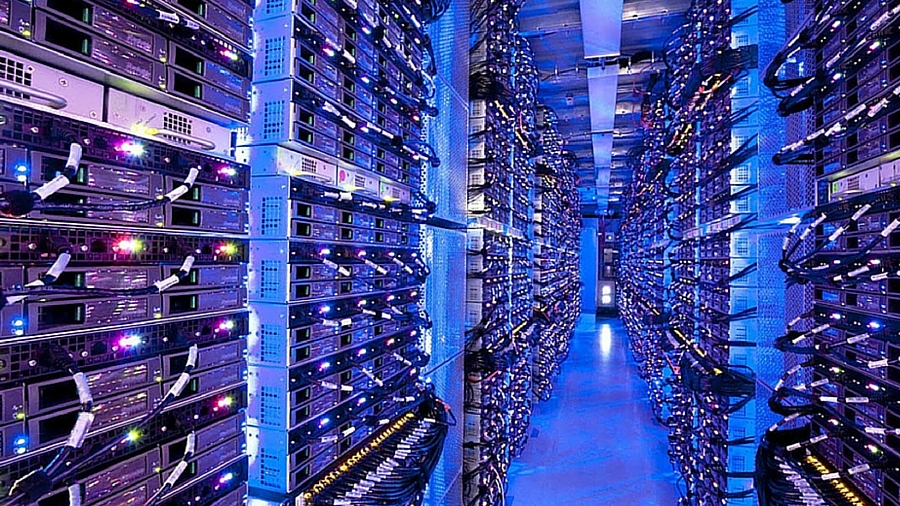
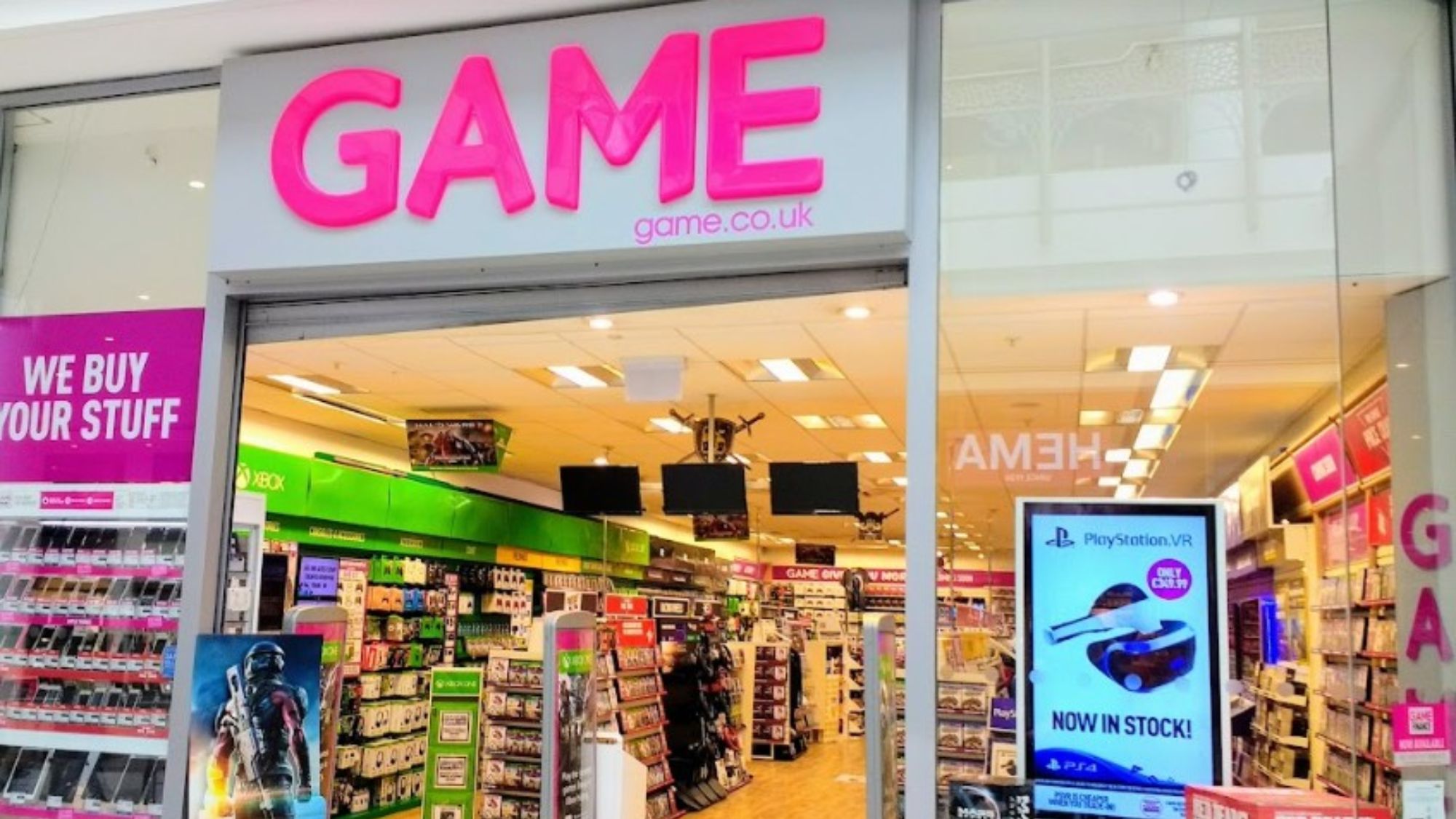
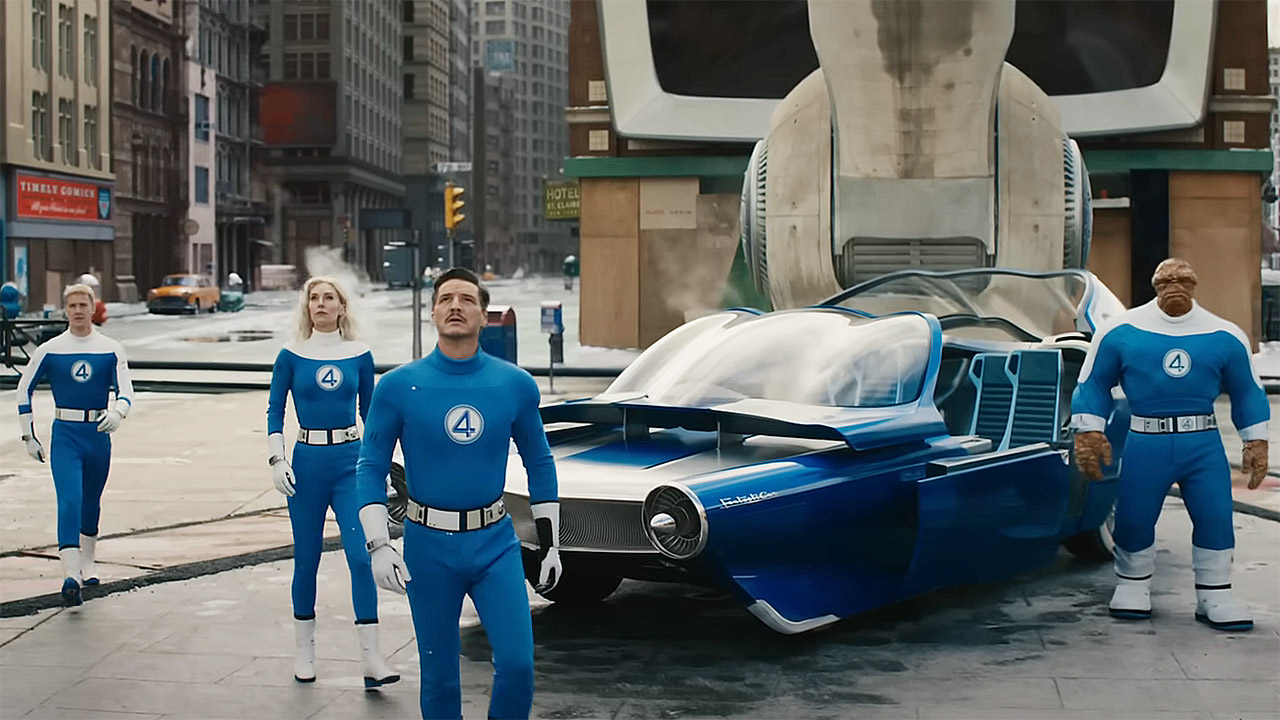







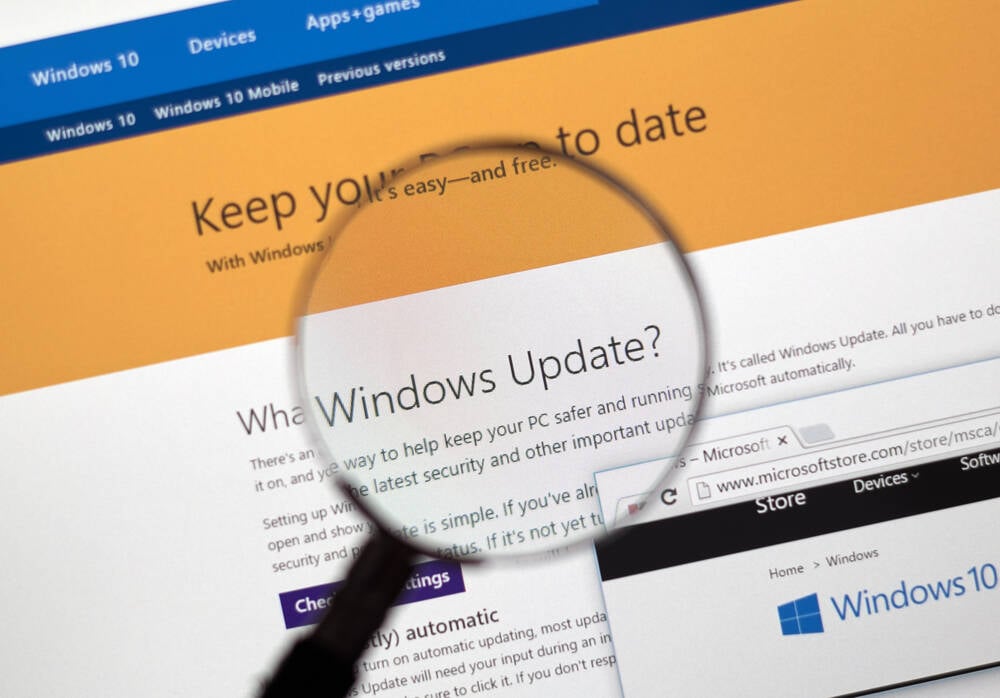





































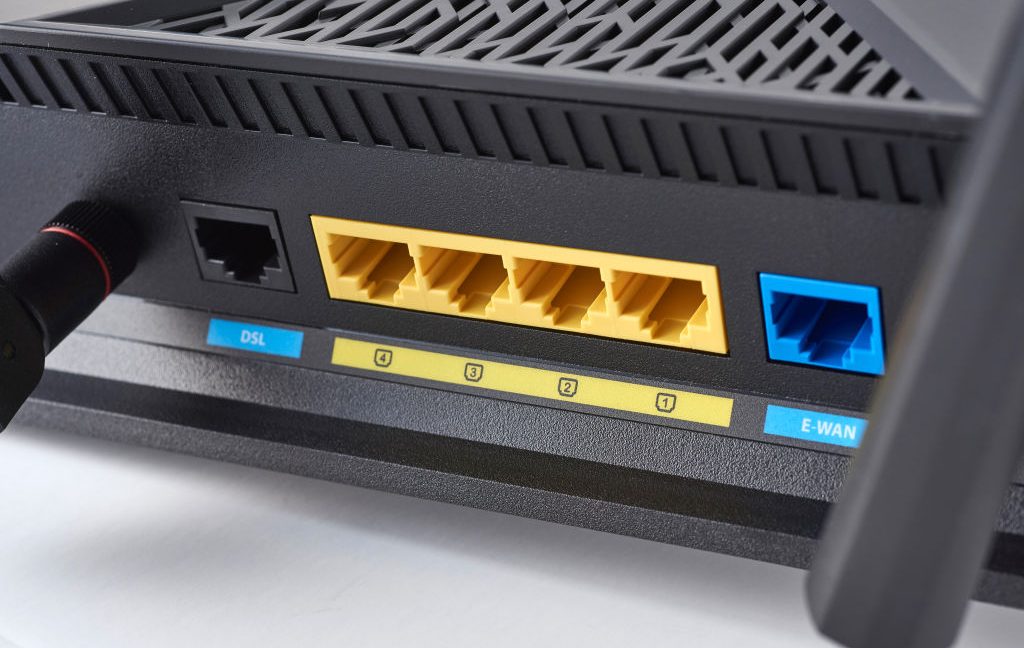
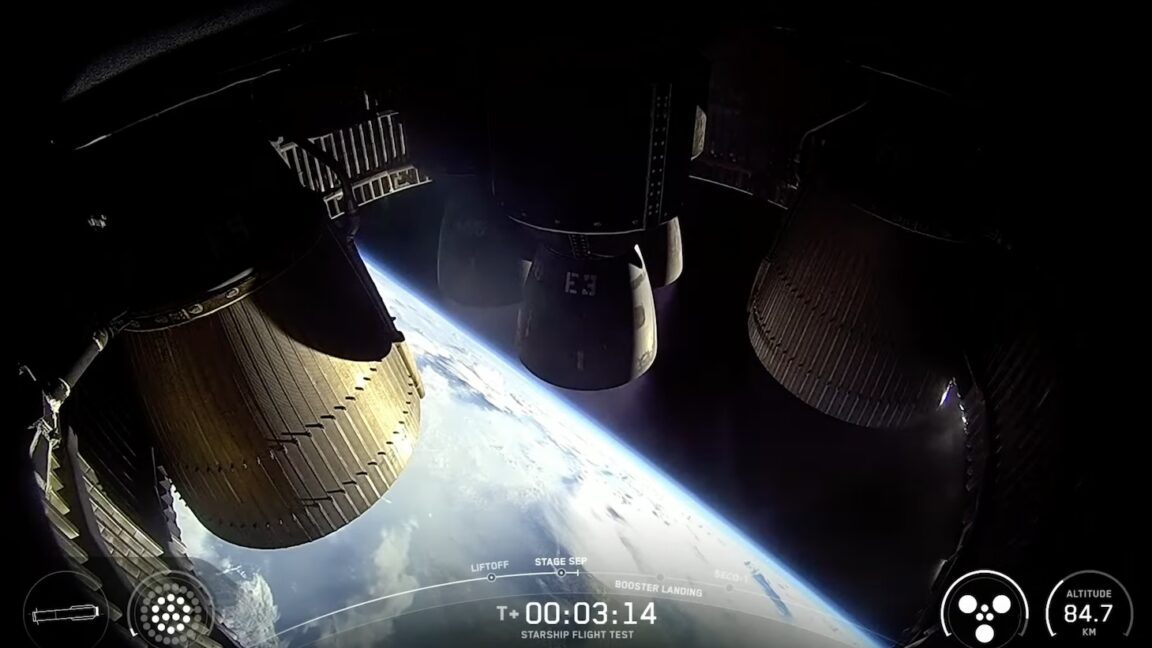
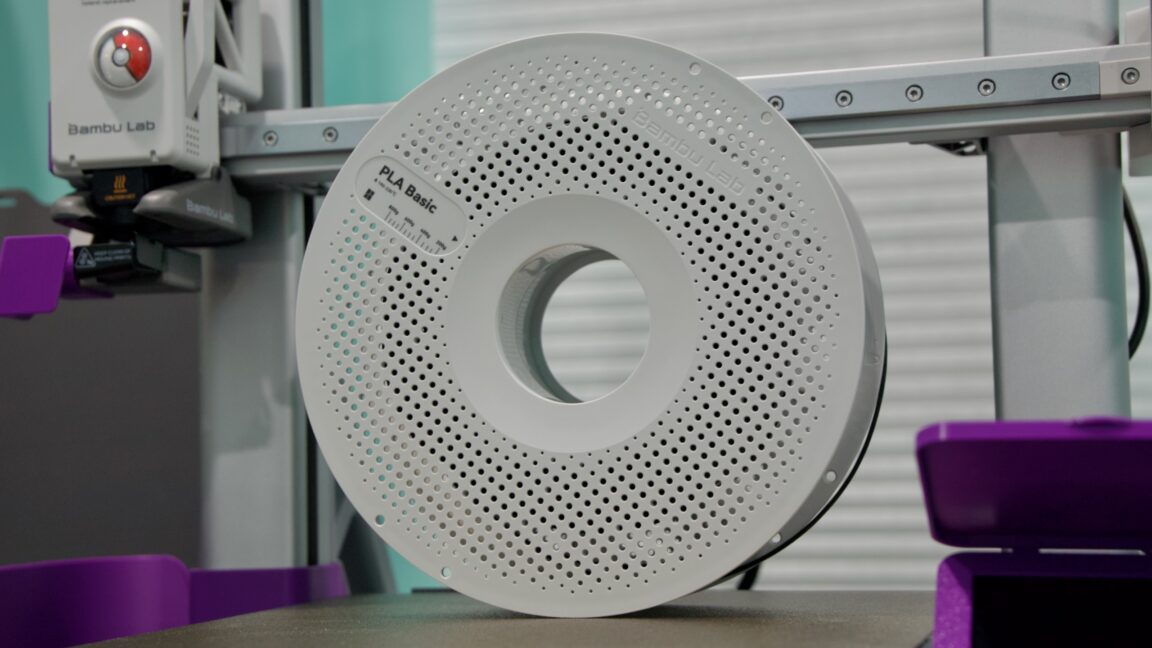

















































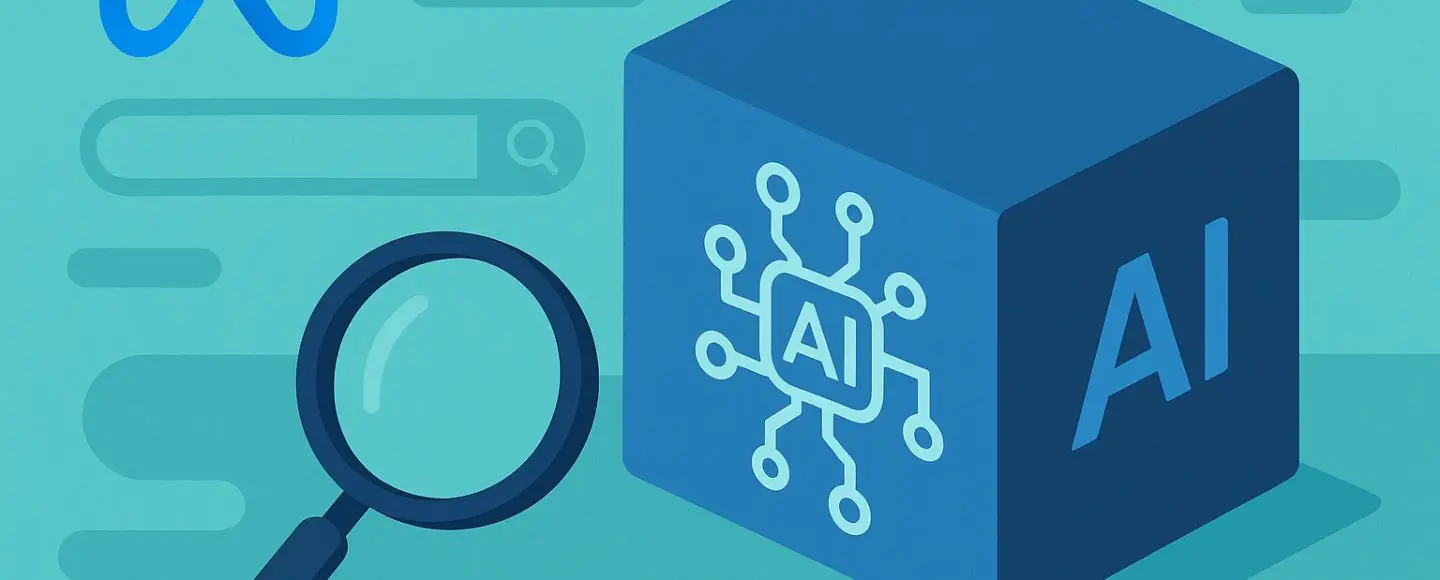






















































![[The AI Show Episode 150]: AI Answers: AI Roadmaps, Which Tools to Use, Making the Case for AI, Training, and Building GPTs](https://www.marketingaiinstitute.com/hubfs/ep%20150%20cover.png)
![[The AI Show Episode 149]: Google I/O, Claude 4, White Collar Jobs Automated in 5 Years, Jony Ive Joins OpenAI, and AI’s Impact on the Environment](https://www.marketingaiinstitute.com/hubfs/ep%20149%20cover.png)









































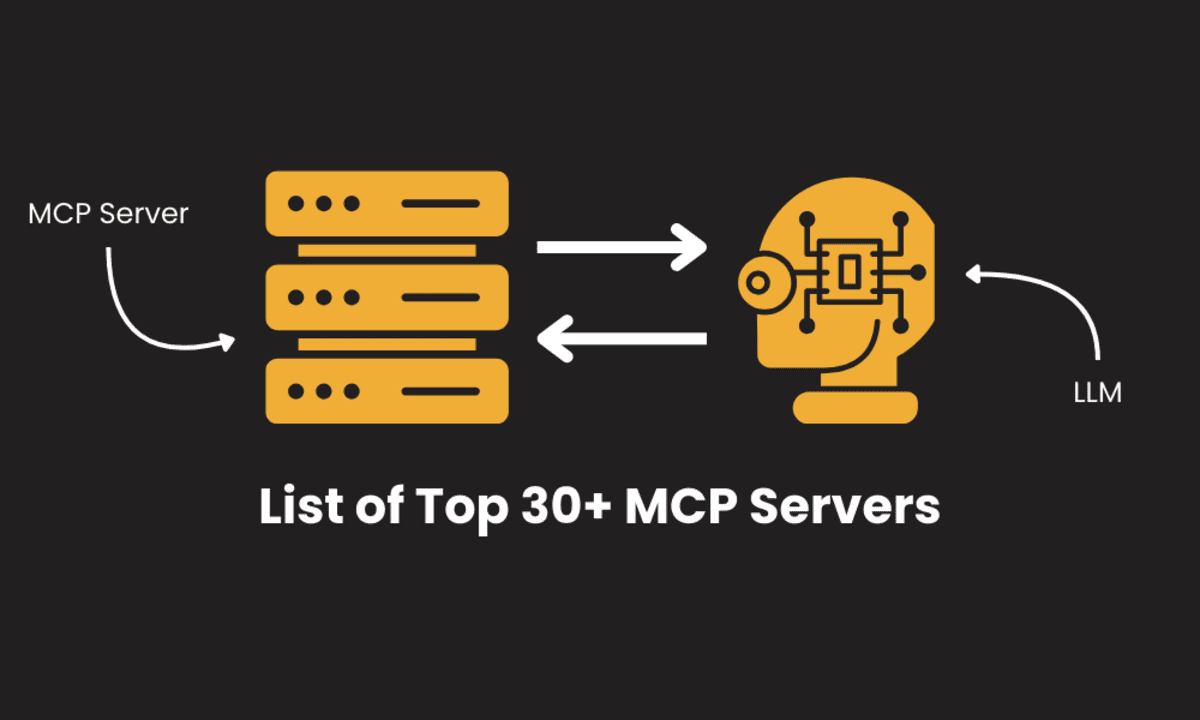
















































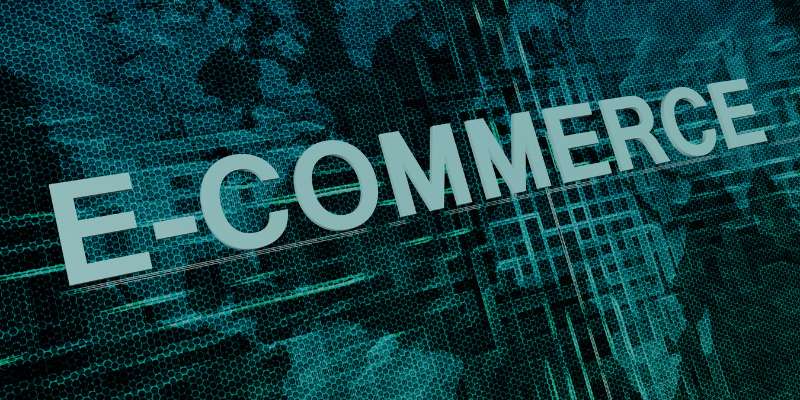




































![[PHP] Upgrading from PHP 7.4 to 8.1](https://media2.dev.to/dynamic/image/width%3D1000,height%3D500,fit%3Dcover,gravity%3Dauto,format%3Dauto/https:%2F%2Fdev-to-uploads.s3.amazonaws.com%2Fuploads%2Farticles%2Fqmaaabplfbcjejg2rr5n.png)






































































































































_ArtemisDiana_Alamy.jpg?width=1280&auto=webp&quality=80&disable=upscale#)
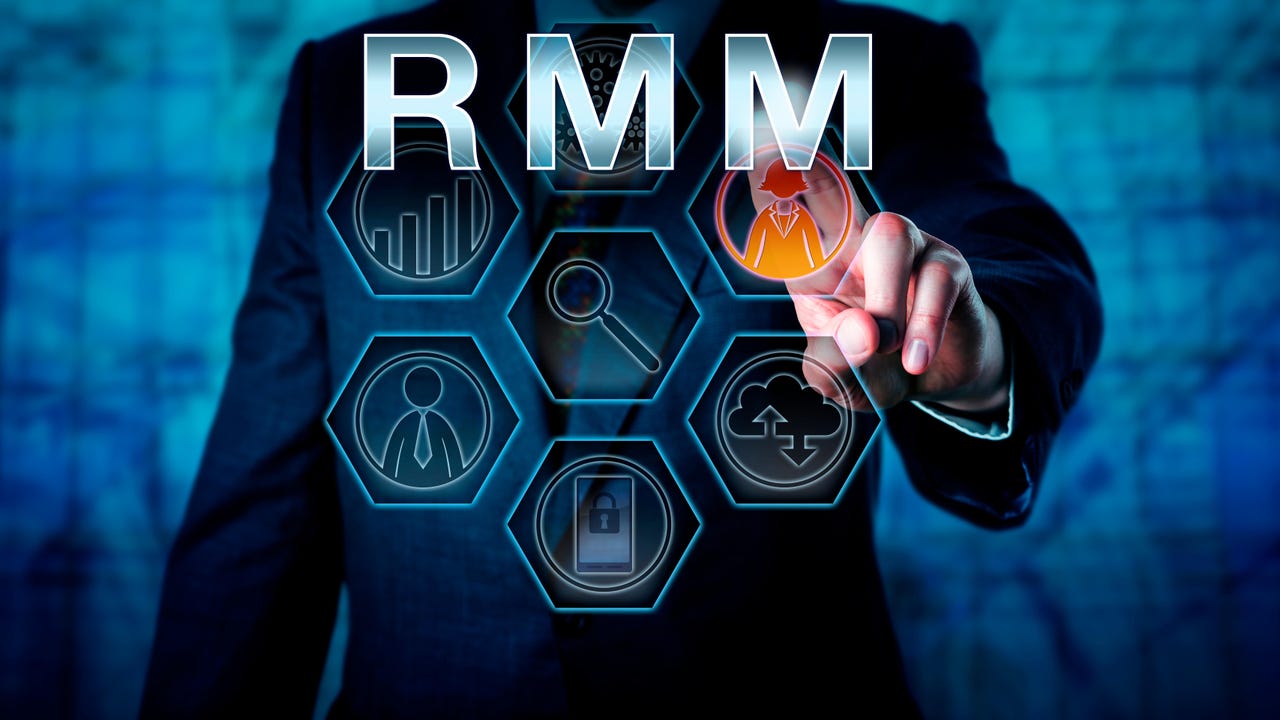






































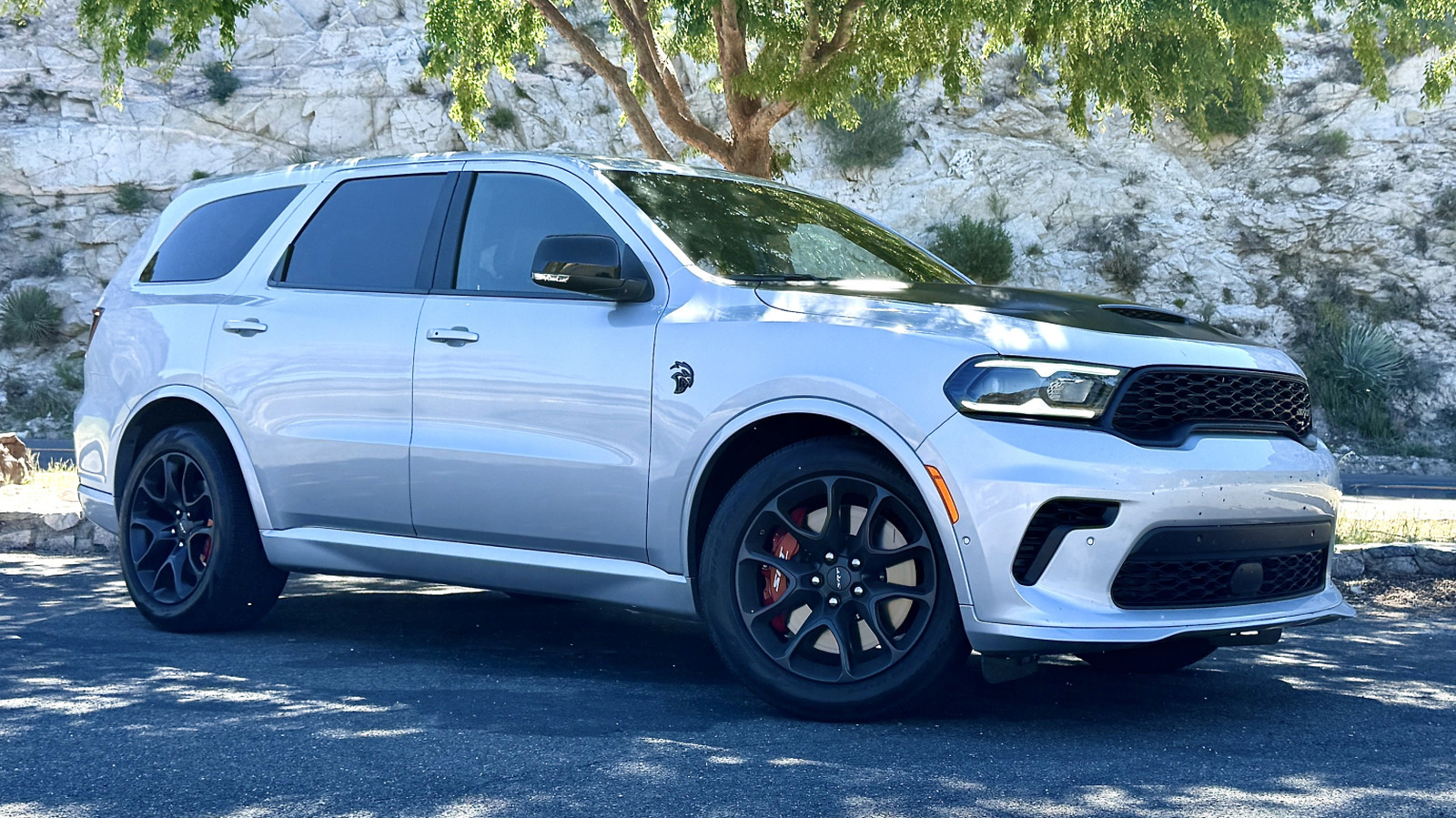
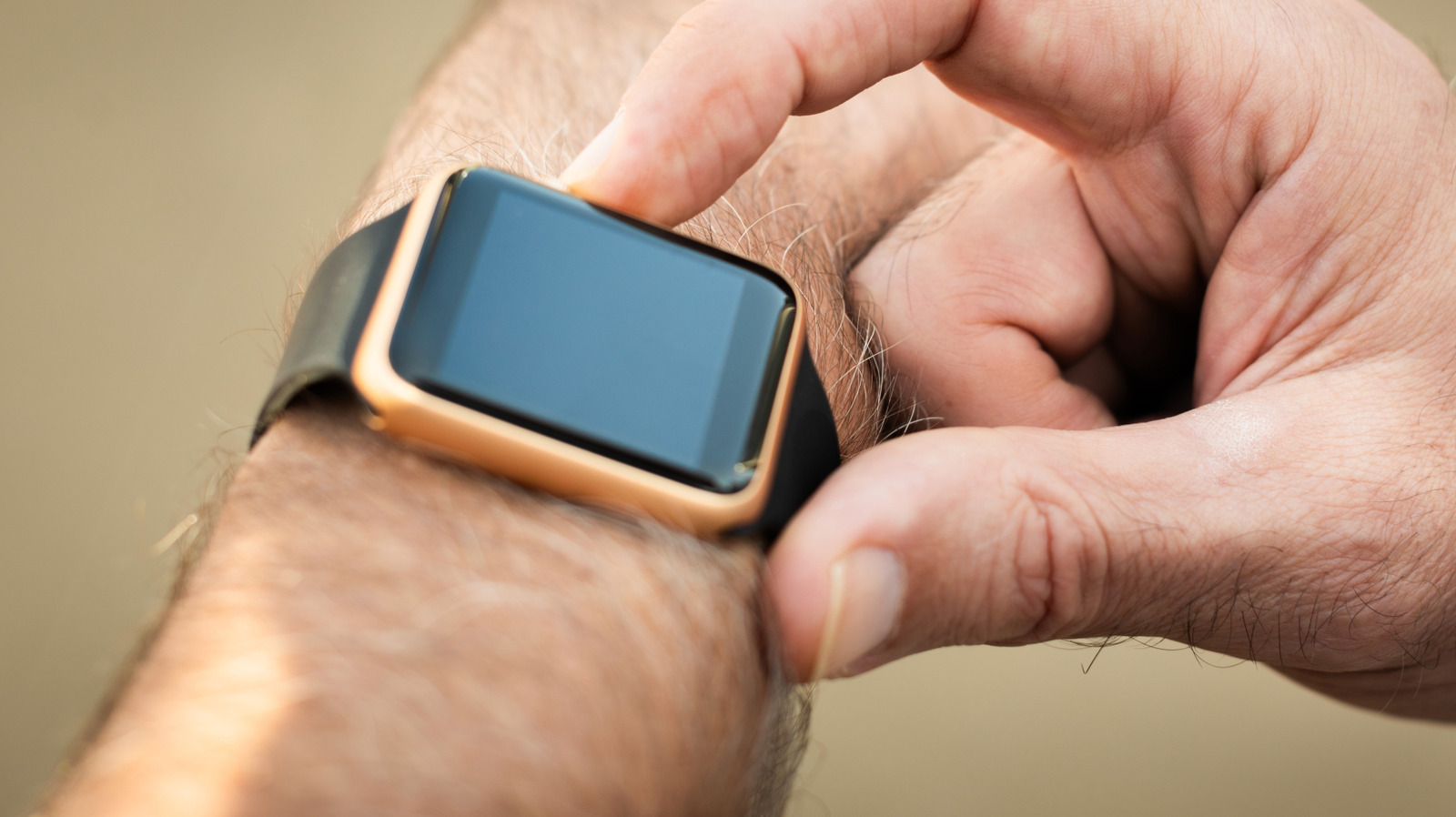






























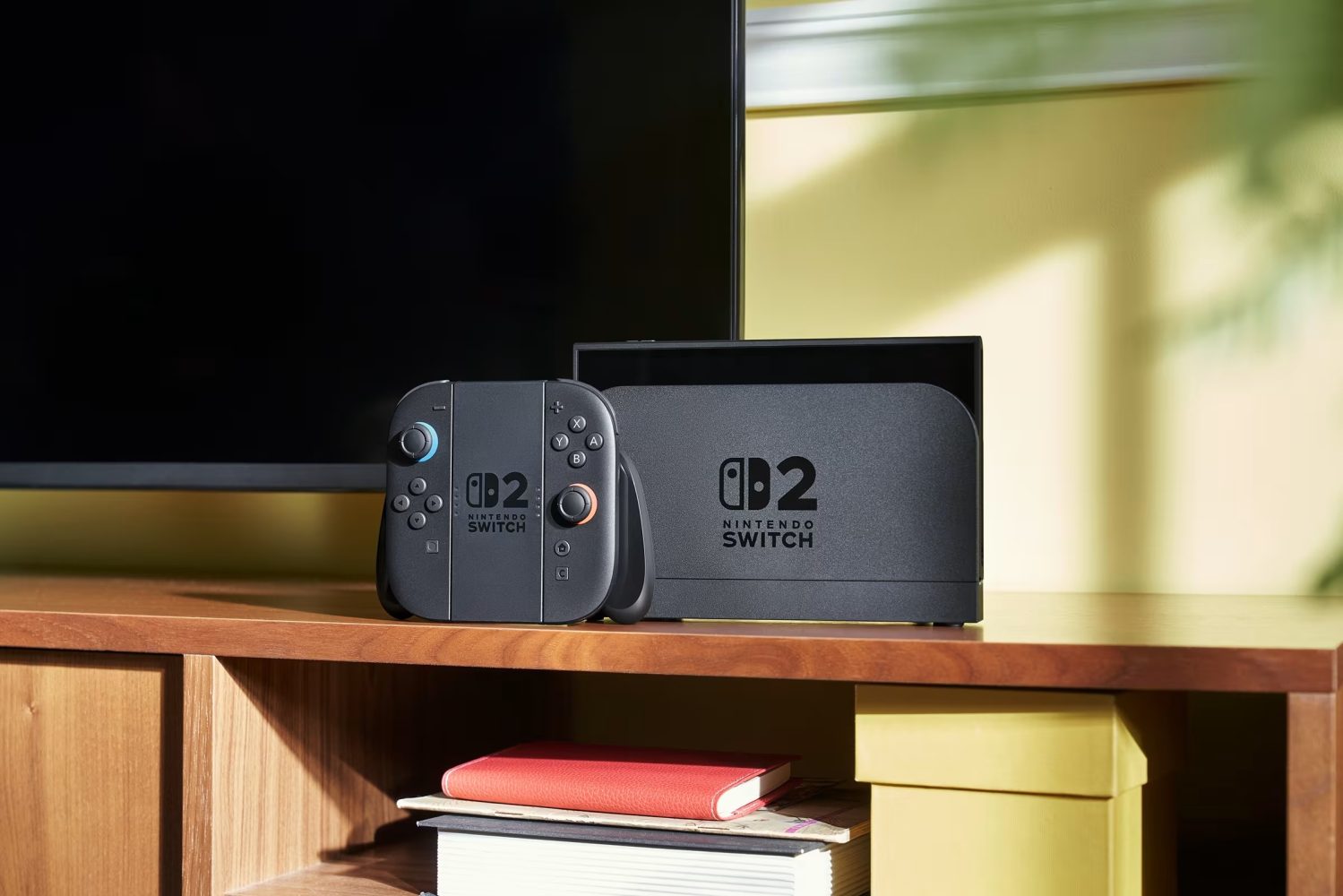
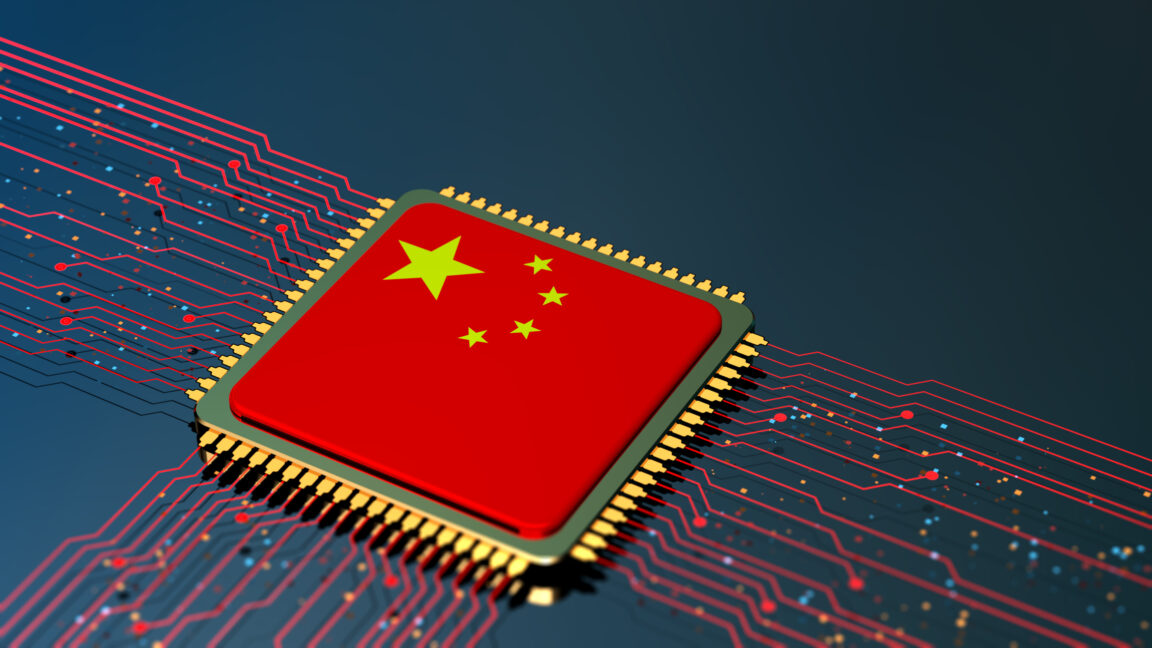
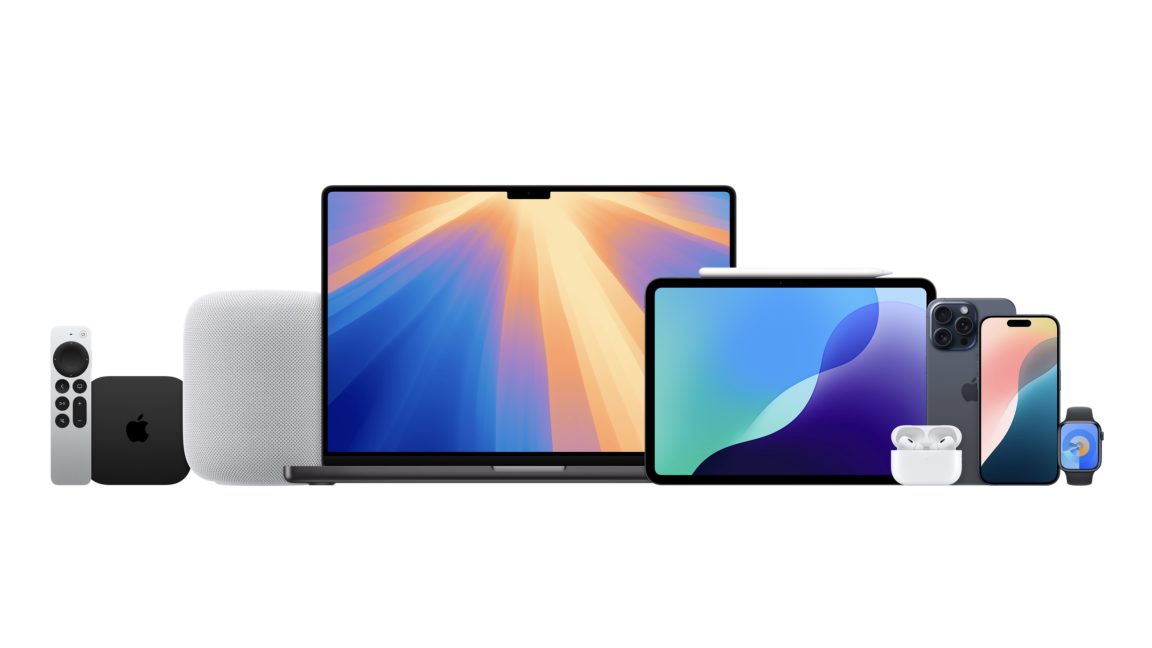
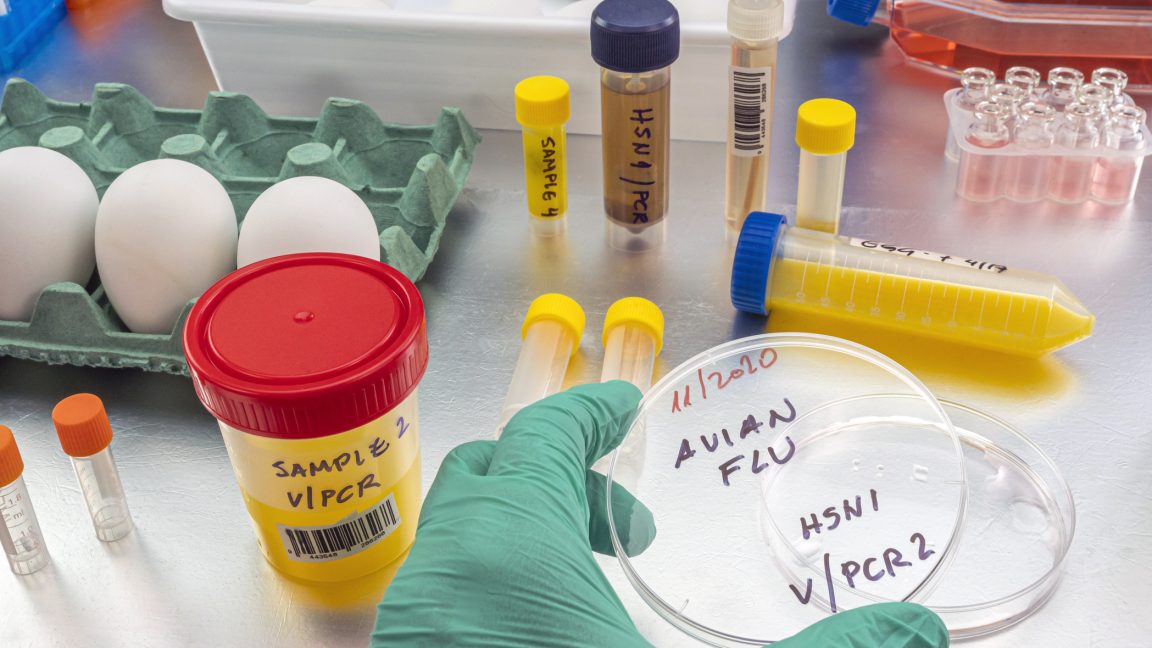



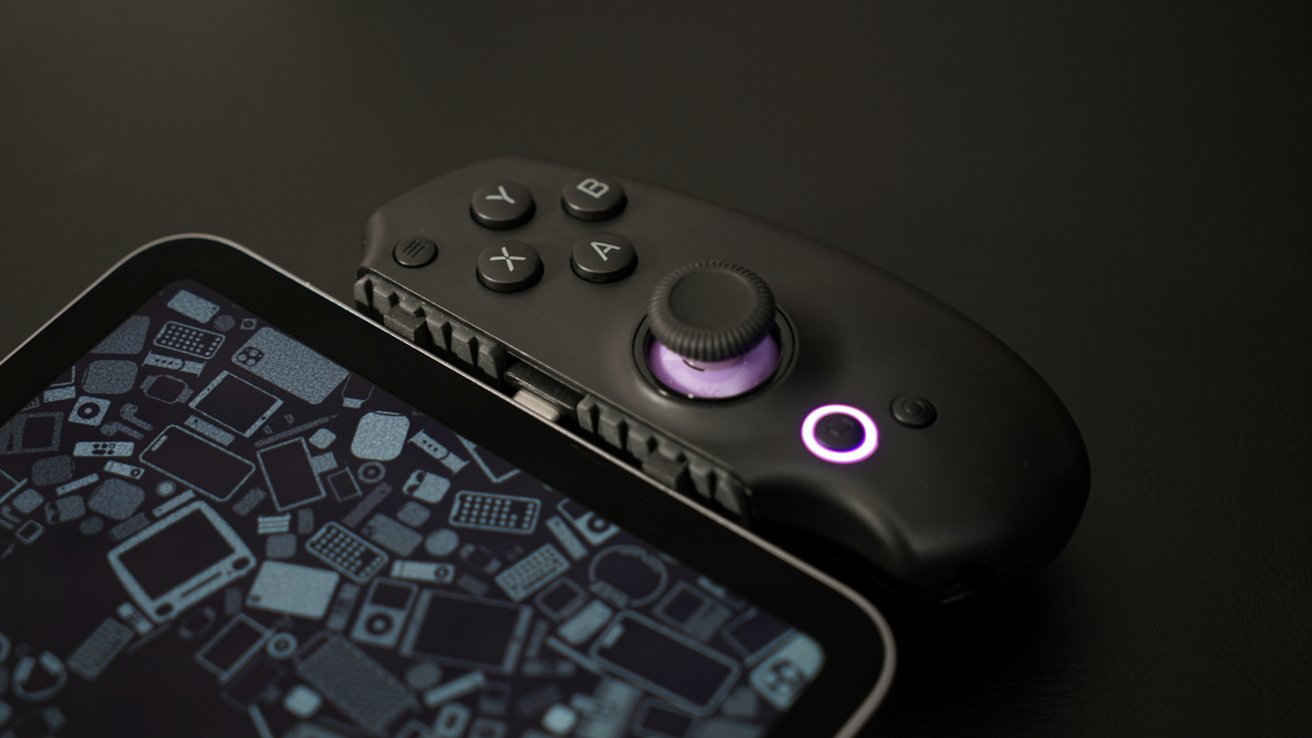
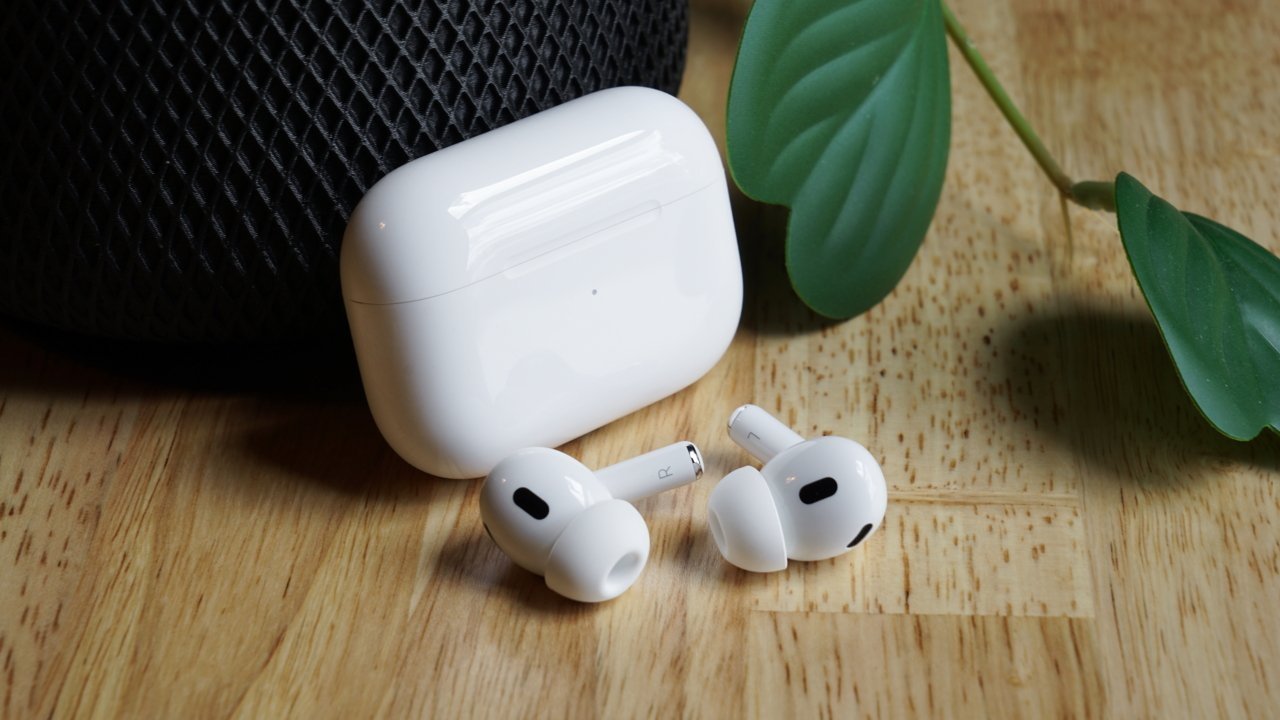
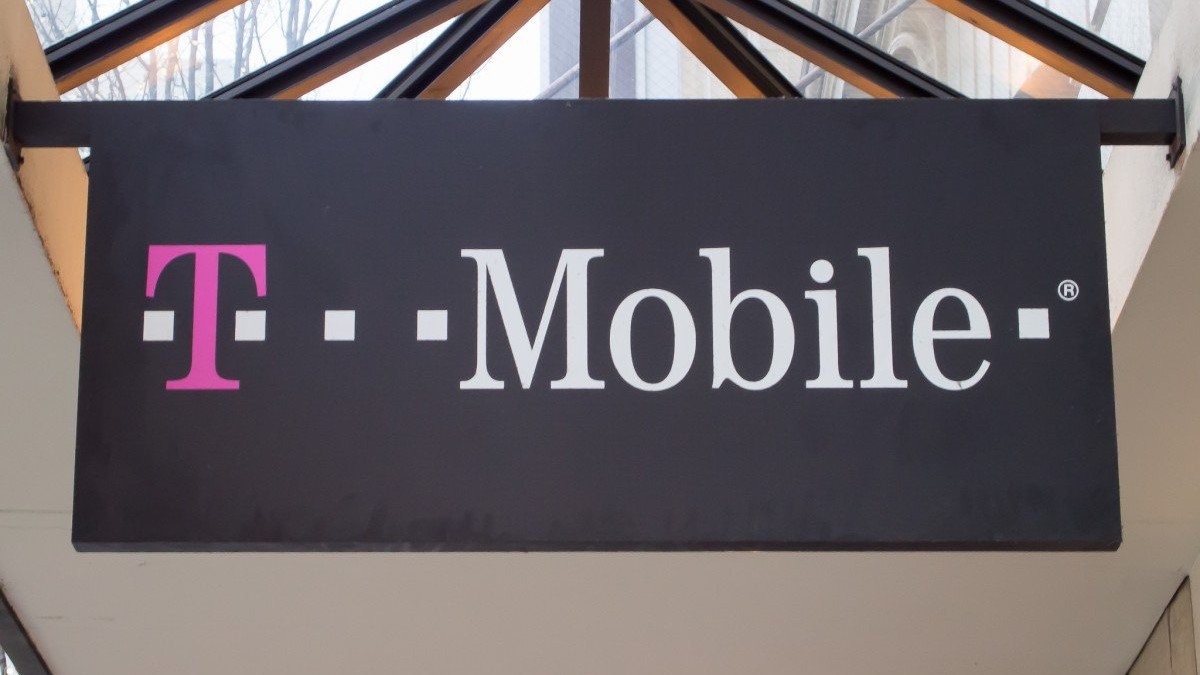
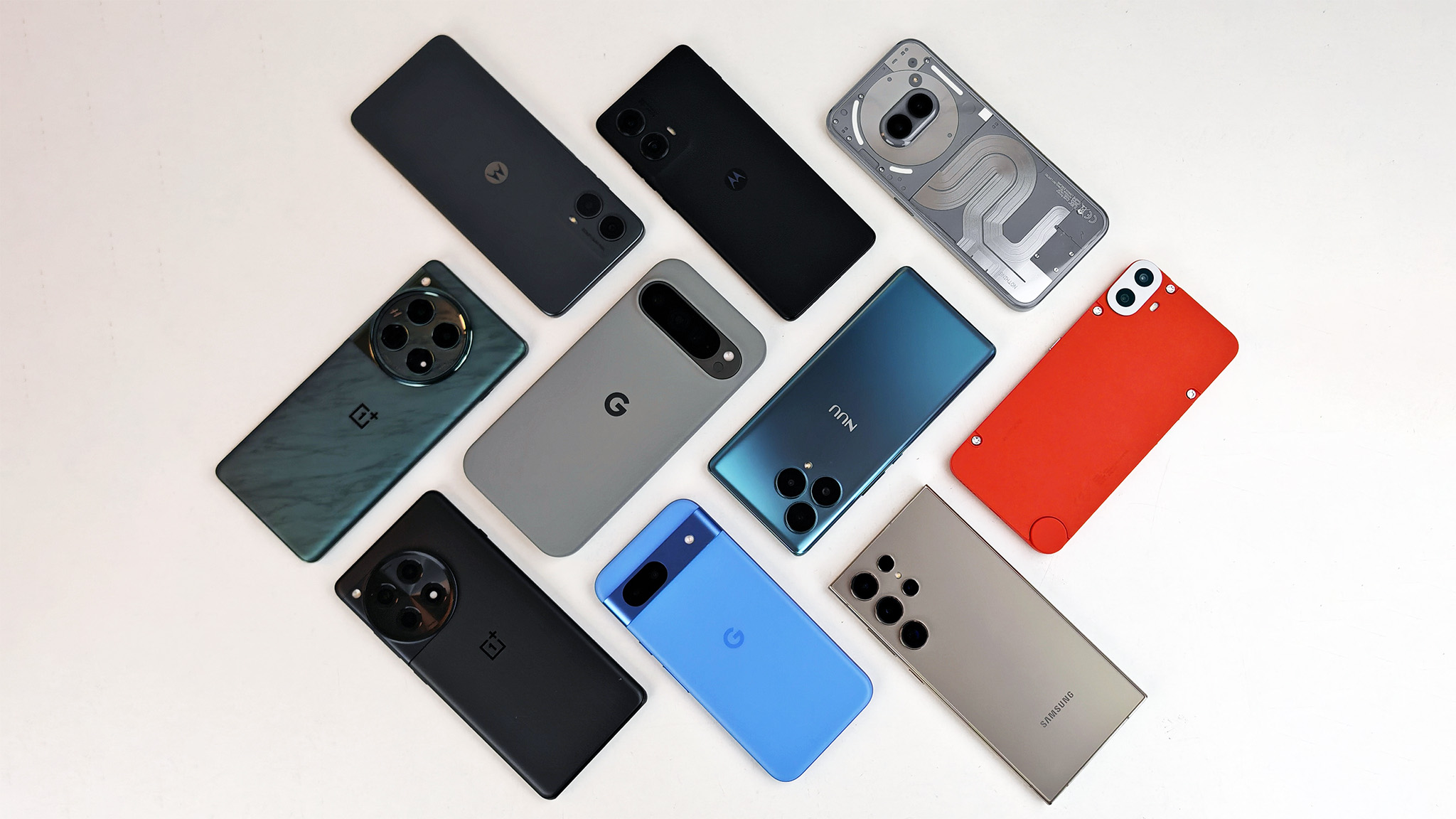

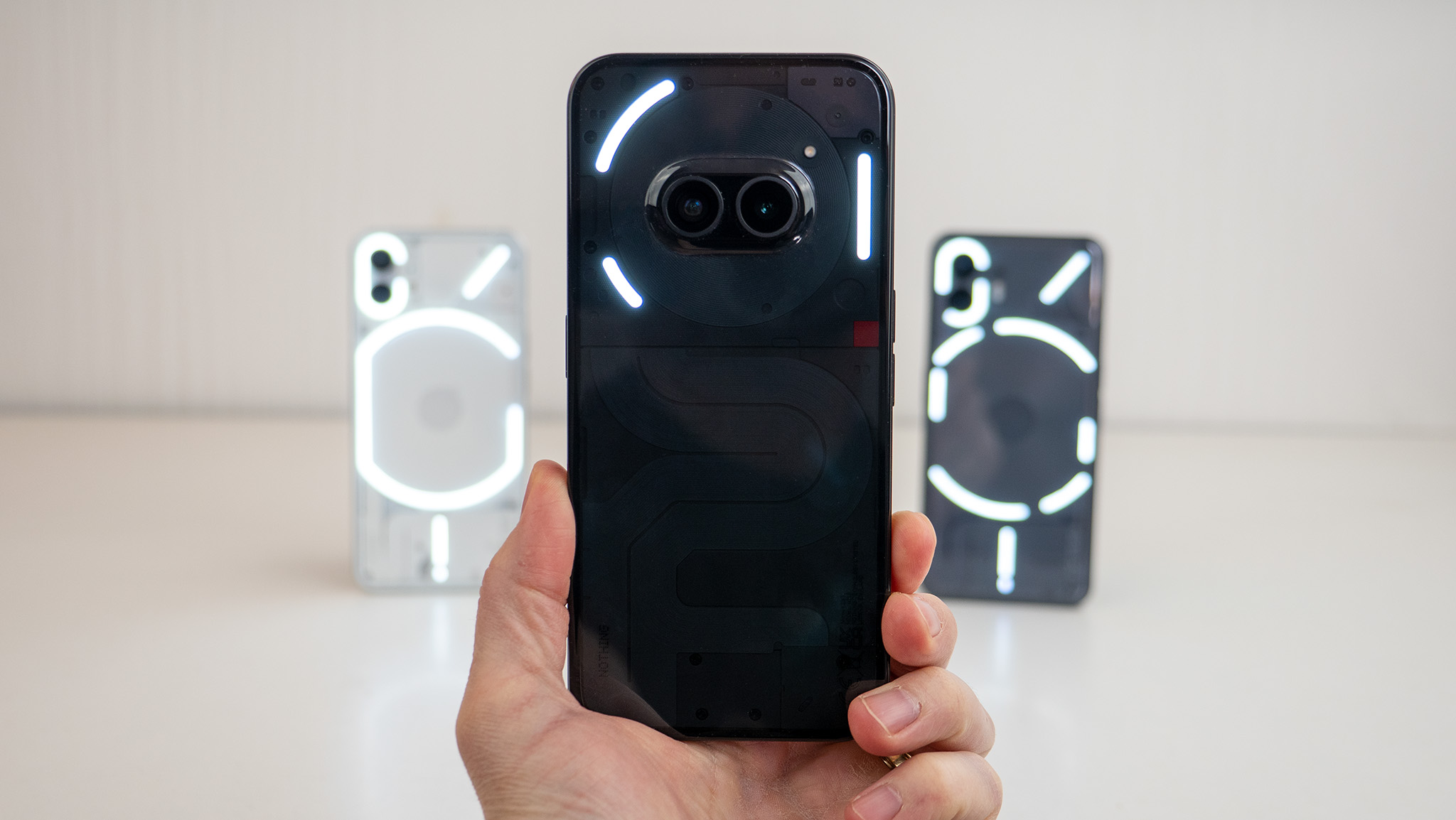


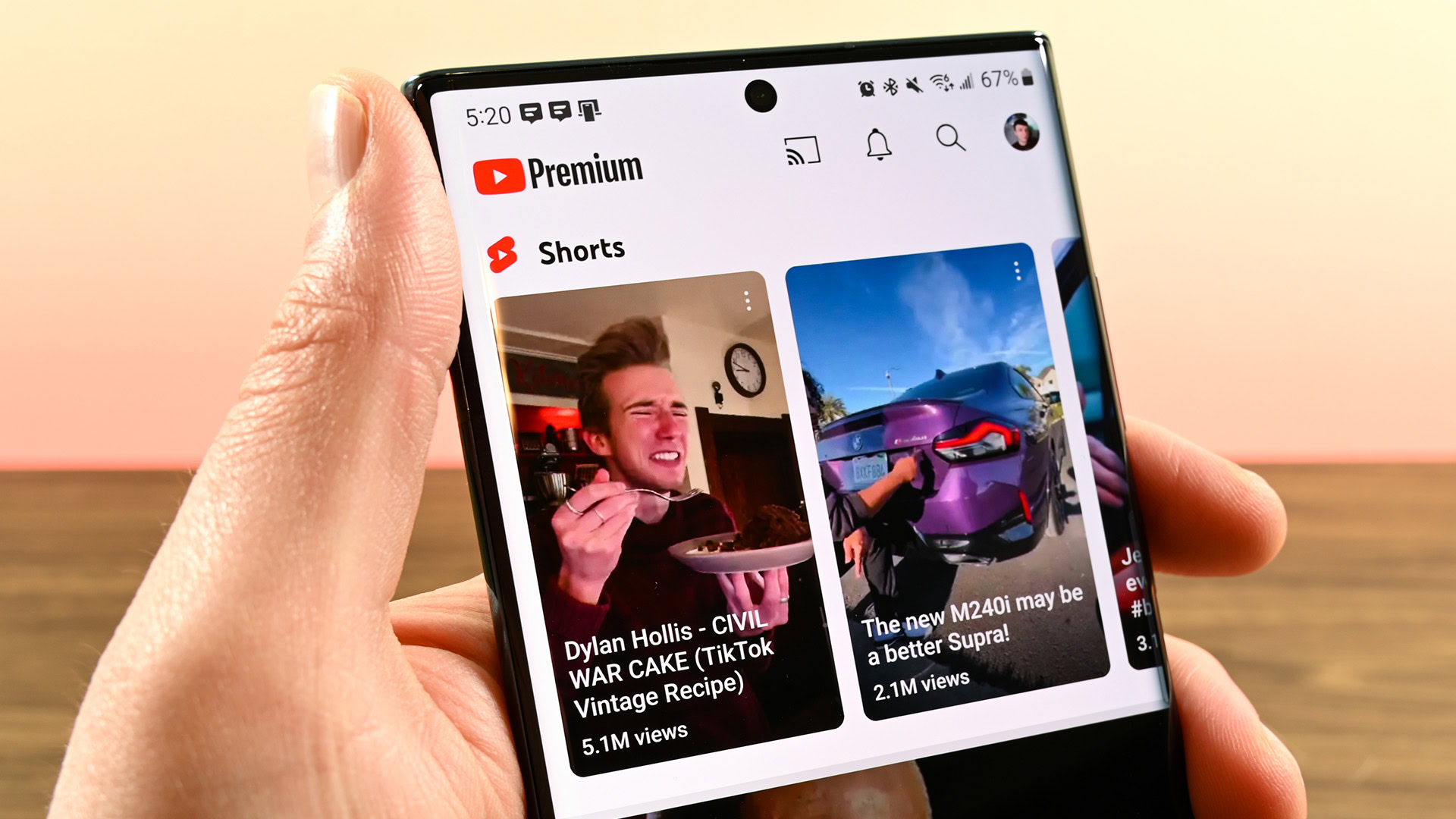





![Google TV is finally preparing sleep timer support as app readies Material 3 Expressive [Gallery]](https://i0.wp.com/9to5google.com/wp-content/uploads/sites/4/2024/01/google-tv-logo.jpg?resize=1200%2C628&quality=82&strip=all&ssl=1)










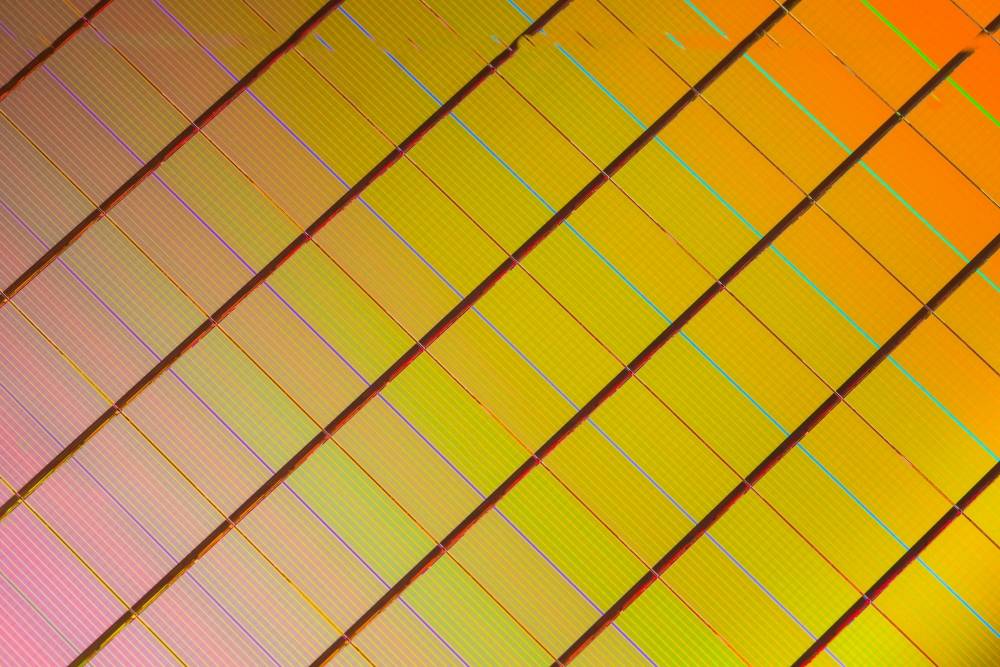


![Apple Shares Official Trailer for 'Smoke' Starring Taron Egerton [Video]](https://www.iclarified.com/images/news/97453/97453/97453-640.jpg)
![Apple's M4 Mac Mini Drops to $488.63, New Lowest Price Ever [Deal]](https://www.iclarified.com/images/news/97456/97456/97456-1280.jpg)






















